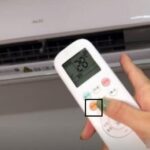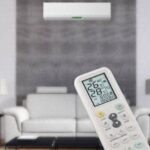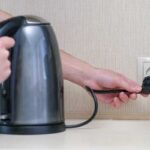The Hidden Energy Drain in Your Living Room
When it comes to the biggest energy culprits in your home, most people immediately think of air conditioners, refrigerators, or washing machines. However, a often-overlooked device – the set-top box (a device used to receive digital television signals) – is the real reason why many households are experiencing a surge in their monthly electricity bills.
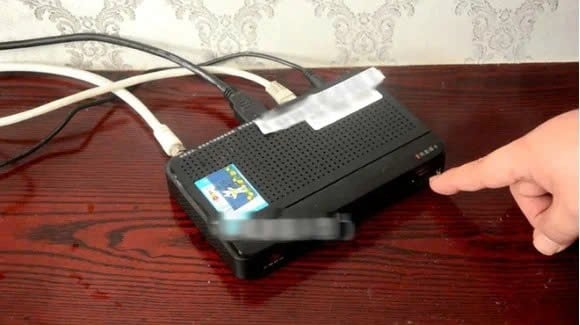
Set-top boxes are typically installed with cable TV and tucked away in a corner of the living room. The issue is that even when you turn off the TV with the remote control, the set-top box remains on, quietly operating in standby mode and consuming almost as much power as when it’s in use. If left on 24/7, its energy consumption could surpass that of an inverter air conditioner running for a few hours a day.
According to energy experts, failing to completely turn off the set-top box can add an extra 100,000 to 300,000 VND to your monthly electricity bill, depending on its power rating and the number of connected devices. This may seem like a small amount, but it adds up over the year, costing families several million dong annually for a device that fits in the palm of your hand.
- The solution to save energy is simple: completely turn off the power to the set-top box after each use. You can:
- Turn off the power socket switch.
- Use a smart plug with a timer function to automatically turn off the power.
- Use a power strip with individual switches for easy control over the power supply.
In addition to saving energy, completely turning off power to idle devices also helps reduce the risk of fire and electrical hazards, especially during the hot summer months.
It’s not just the set-top box: Other devices that silently drain energy if used incorrectly
1. Air Conditioners: Lowering the temperature increases energy consumption
Many people have the habit of setting their air conditioners to a low temperature to cool down the room quickly. However, for every 1°C you lower the temperature below the ideal level, the unit consumes an additional 7% of energy. The recommended temperature is 26°C, and using a fan to circulate the cool air can achieve the most efficient cooling while saving energy.
Additionally, regular cleaning of the air filters and evaporator coils is crucial to ensuring the air conditioner operates smoothly without being hindered by dust and dirt buildup.
2. Refrigerators: Using it incorrectly wastes energy every minute
Refrigerators run continuously, so using them correctly is crucial in determining energy consumption. Common mistakes include:
- Placing hot food in the refrigerator right after cooking, which causes the compressor to work harder to maintain the cold temperature.
- Overcrowding the refrigerator, blocking air vents and preventing cold air from circulating efficiently.
- Not properly covering vegetables and fruits, allowing moisture to escape and form frost, which increases the cooling load.
3. Washing Machines: Smart Washing Saves Energy and Water
Avoid overloading the washing machine with too many clothes or washing only a few items at a time. Adjusting the water level and wash time appropriately will save both energy and water. Instead of frequently unplugging the machine after use, consider using a power strip with a switch for added convenience and safety.
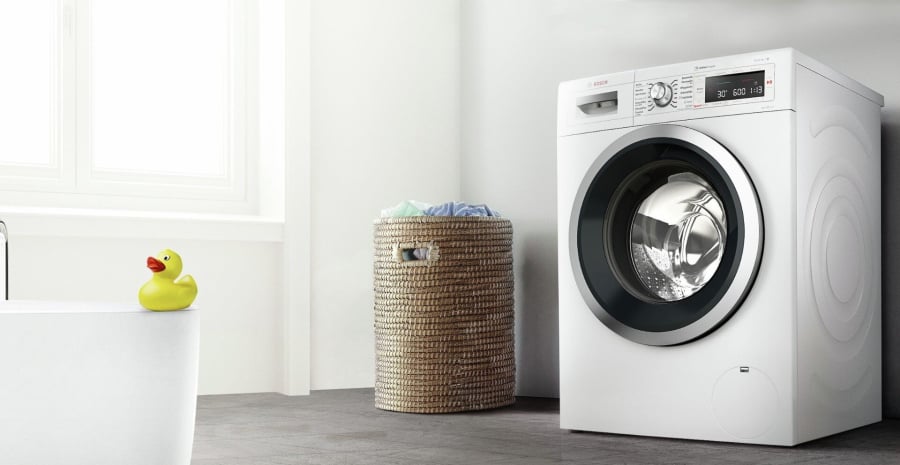
4. Water Purifiers: No Need to Keep it Running 24/7
During winter, some households keep their water purifiers on the heating mode throughout the day. However, this causes the machine to constantly turn on and off to maintain the temperature, wasting energy. A better solution is to only turn on the heating function when needed or invest in a machine with a smart auto-off feature.
Turn On This Button on the AC Remote: Unlocking the Comfort Zone
There’s a little-known button that brings big benefits. By simply pressing it, you unlock a treasure trove of advantages: energy savings, improved health, and extended appliance lifespan. This magic button is a game-changer, and those who know how to use it right hold the key to unlocking its full potential.



























